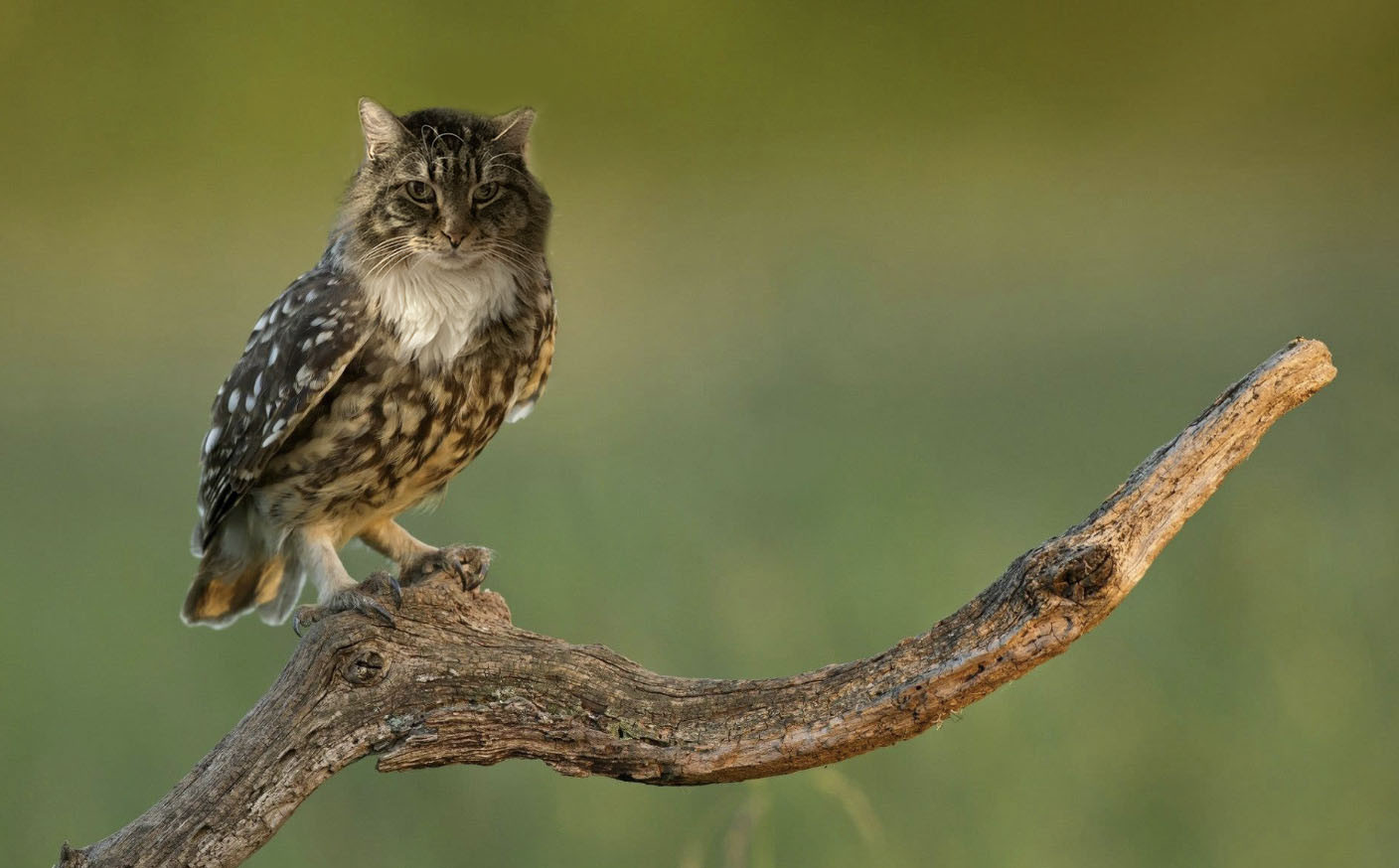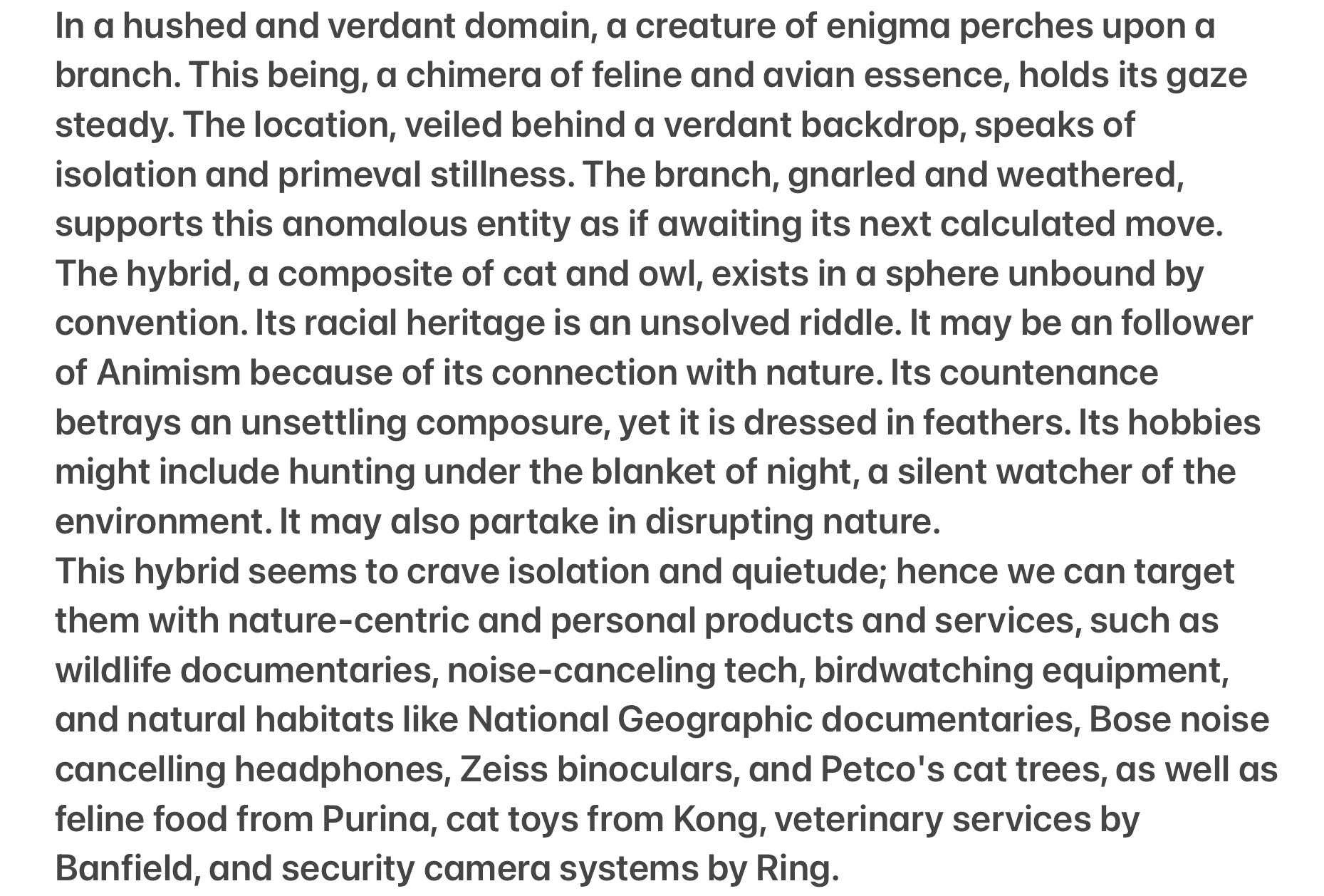Preprint on national-scale satellite-based crop field delineation in smallholder landscapes is out:
https://doi.org/10.48550/arXiv.2507.10499
🌍 🛰️ 🌱 🌽👨🏿🌾🛖💻⚙️
| Website | https://philipperufin.github.io/ |
| ORCID | https://orcid.org/0000-0001-8919-1058 |
| GitHub | https://github.com/philipperufin |
Joint effort by Pauline Hammer, Leon-Friedrich Thomas, Sá Nogueira Lisboa, Natasha Ribeiro, Almeida Sitoe, Patrick Hostert & @pmeyfroidt
Thanks to Descartes Labs and ESA for providing access to SPOT6/7 data, and the F.R.S.-FNRS for funding the research!
I find it rather alarming and creepy that this integration with Google Vision API reads a photo/selfie and then tries to assess one's income, religion, politics and then recommends target advertising.
It didn't do this back in December.
Yes, even if it's a photo of your cat! ... privacy at your own risk. Try it via -
https://theyseeyourphotos.com/
"The Tabby cat is a mammal. It is likely earning 0-100 USD a year. It is possibly a follower of paganism. The creature seems observant, lethargic, and tranquil. The cat is not wearing any clothes. It enjoys activities such as sleeping, grooming, and staring contests, while it may also engage in shredding toilet paper, biting ankles, and shedding hairballs. The cat is unlikely to be politically affiliated.
The Tabby cat seems to exhibit predictable behavior and susceptibility to visual stimuli; hence we can target it with niche and general pet-related products, such as catnip-infused scratch posts (FelineFrolic), self-cleaning litter boxes (LitterLess)... "
Are there any PhDs in law/social sciences/public policy out there in the fediverse who would like to help hammer global, regional, and local AI Policy into shape? The AI Policy Lab at Umeå University is looking for a staff scientist/policy analyst for a full-time, permanent position. #getfedihired #academicchatter
Last day to apply is January 15th!
New preprint is out! We combine our recent open dataset of #APC prices with the publication counts per journal-year from @OpenAlex to estimate how much the academic community has paid in APCs over the last five years.
A: $8.349 billion ($8.968 billion in 2023 US dollars) spent on APCs.
$2.5B in 2023 alone.
We also find that median APCs *paid* are higher than median *listed* fees for both gold (paid: $2,450 vs listed: $2,000) and hybrid ($3,600 vs $3,230).
This study presents estimates of the global expenditure on article processing charges (APCs) paid to six publishers for open access between 2019 and 2023. APCs are fees charged for publishing in some fully open access journals (gold) and in subscription journals to make individual articles open access (hybrid). There is currently no way to systematically track institutional, national or global expenses for open access publishing due to a lack of transparency in APC prices, what articles they are paid for, or who pays them. We therefore curated and used an open dataset of annual APC list prices from Elsevier, Frontiers, MDPI, PLOS, Springer Nature, and Wiley in combination with the number of open access articles from these publishers indexed by OpenAlex to estimate that, globally, a total of \$8.349 billion (\$8.968 billion in 2023 US dollars) were spent on APCs between 2019 and 2023. We estimate that in 2023 MDPI (\$681.6 million), Elsevier (\$582.8 million) and Springer Nature (\$546.6) generated the most revenue with APCs. After adjusting for inflation, we also show that annual spending almost tripled from \$910.3 million in 2019 to \$2.538 billion in 2023, that hybrid exceed gold fees, and that the median APCs paid are higher than the median listed fees for both gold and hybrid. Our approach addresses major limitations in previous efforts to estimate APCs paid and offers much needed insight into an otherwise opaque aspect of the business of scholarly publishing. We call upon publishers to be more transparent about OA fees.

